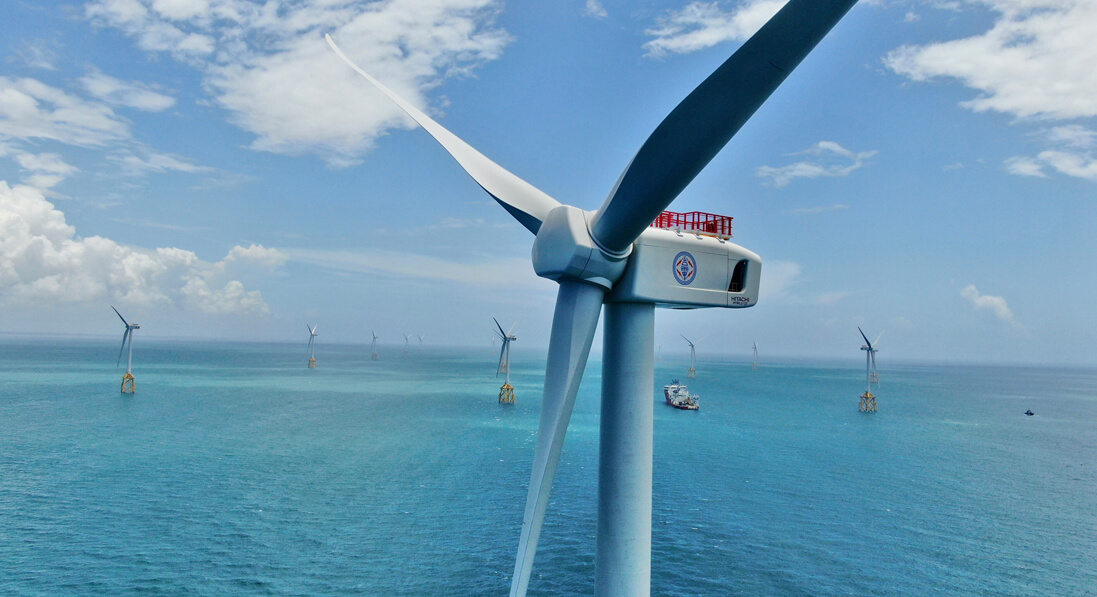The Taiwan Strait is considered a world-class environment for offshore wind farms and has excellent potential for offshore wind power development. It is a valuable assets in Taiwan's drive toward its energy-transition into a low-carbon society. As Taiwan's principle power provider, Taipower completed the first phase of its Offshore Wind Power Project in 2021. The project consisted of a total of 21 wind turbines that were built off the coast of Fangyuan Township, Changhua County. It began commercial operations after completing its initial grid connection.
Phase 1 Offshore Wind Power Farm Site
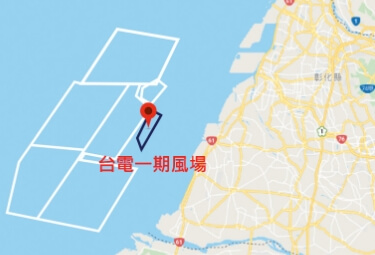
Key Performance of Phase 1 Offshore Wind Power Project

Total capacity of Phase 1 Offshore Wind Power reaches
110
MW

Annual generation reaches
360
GWh

Provide year-around electricity to
90,000
households


Design and Development: Wind Turbine Design Tailored to Local Conditions
|
The engineering technology and development costs of constructing offshore wind turbines in turbulent seas are higher than those for land-based wind turbines. Moreover, the winter sea conditions in the Taiwan Strait often include wind and heavy waves, construction can only be done in a half-year period during the summer. Even at these times, high humidity and environmental salinity add extra challenges to the offshore project. 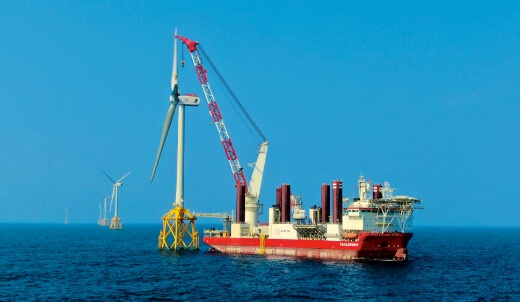 |

Construction Supervision: Overcoming COVID-19 Together
|
The first phase of Taipower's Offshore Project was planned by the Department of Construction and supervised by the Offshore Wind Power Construction Office. To complete tower assembly on land, Taipower and the Port of Taichung jointly established a pre-assembly site for wind turbines on a total of seven hectares of space in the Taichung Port area. The site is currently the largest offshore wind power terminal in Southeast Asia. 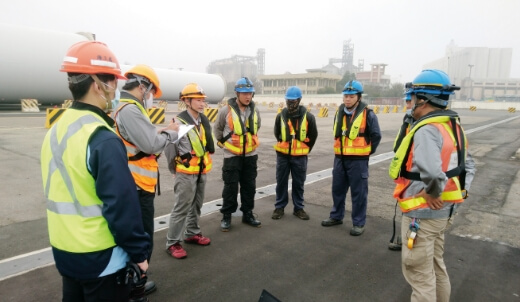 |

Sustainable Operation: Coexisting with Local Ecology
|
In order to protect the rich ecological resources of the Changhua area, Phase 1 of the Offshore Wind Power Project sought to coexist with the local environment and community. To mitigate the environmental impact of the wind farm, Taipower used eco-friendly construction methods during the construction phase to minimize construction noise and avoid areas inhabited by cetaceans and used for raising oysters. 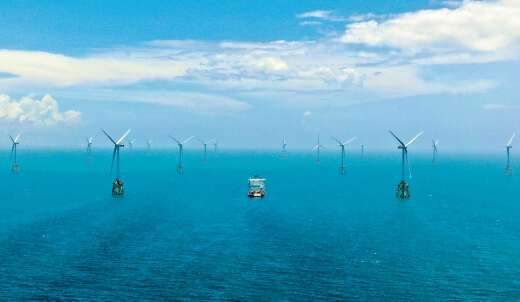 |



